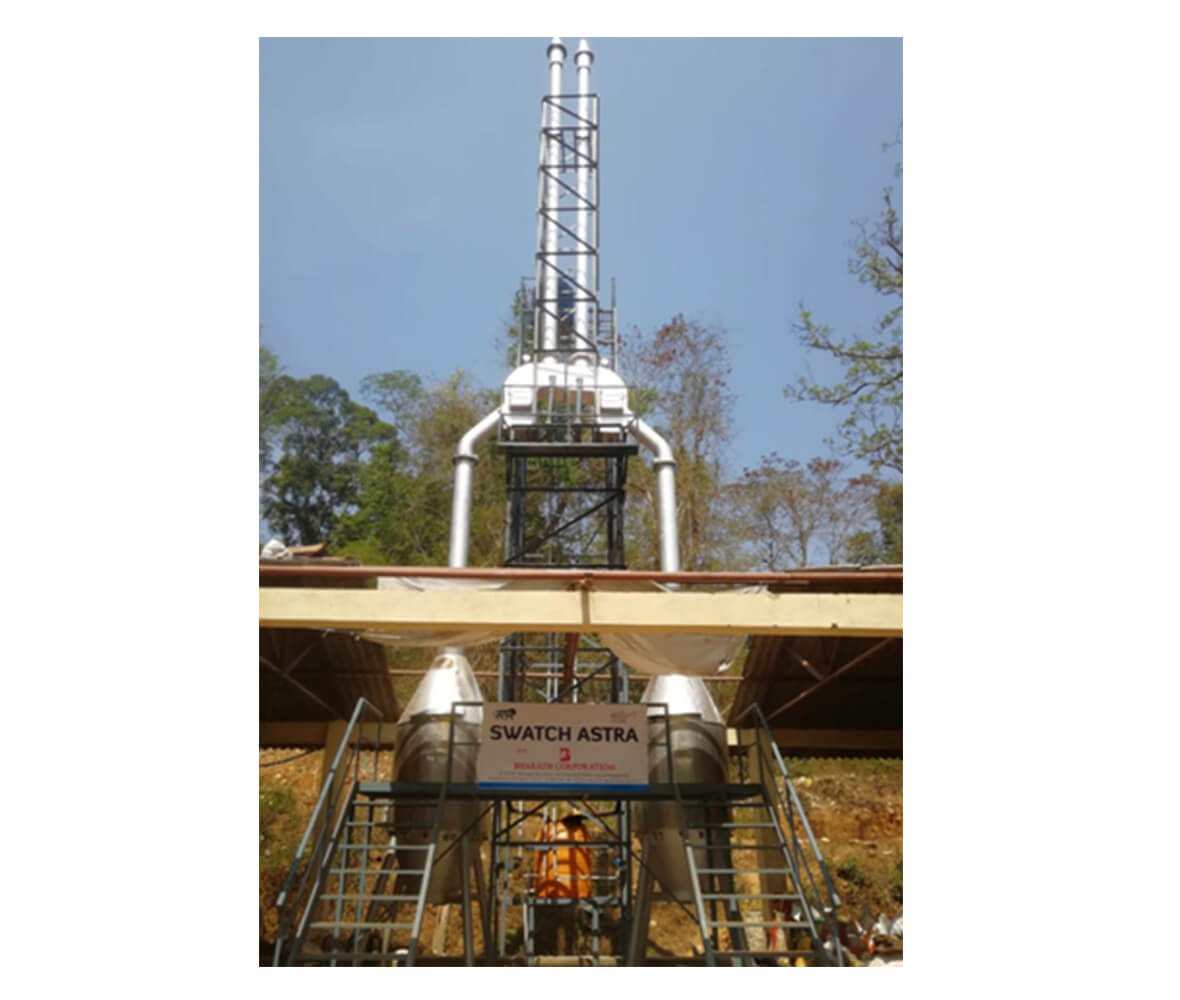
Waste Disposal Management System
Waste management (or waste disposal) include the activities and actions required to manage waste from its inception to its final disposal.
- Waste management (or waste disposal) include the activities and actions required to manage waste from its inception to its final disposal.
- This includes the collection, transport, treatment and disposal of waste, together with monitoring and regulation of the waste management process.
Bio Gas-Bio Digester
Biogas is produced by anaerobic digestion with methanogen or anaerobic organisms, which digest material inside a closed system, or fermentation of biodegradable materials.
- Biogas is the mixture of gases produced by the breakdown of organic matter in the absence of oxygen (anaerobically), primarily consisting of methane and carbon dioxide.
- Biogas can be produced from raw materials such as agricultural waste, manure, municipal waste, plant material, sewage, green waste or food waste.
Know More
![]()
Previous
Next
Previous
Next
Rain Water Harvesting
Rainwater harvesting is one of the simplest and oldest methods of self-supply of water for households, and residential and household scale projects usually financed by the user.
- It is the collection and storage of rain, rather than allowing it to run off.
- Rainwater is collected from a roof-like surface and redirected to a tank, cistern, deep pit (well, shaft, or borehole), aquifer or a reservoir with percolation.
Sewage Treatment Plant
Sewage treatment is the process of removing contaminants from municipal wastewater, containing mainly household sewage plus some industrial wastewater.
- Physical, chemical, and biological processes are used to remove contaminants and produce treated wastewater (or treated effluent) that is safe enough for release into the environment.
- A by-product of sewage treatment is a semi-solid waste or slurry, called sewage sludge. The sludge has to undergo further treatment before being suitable for disposal or application to land.
Know More
![]()
Previous
Next
Previous
Next
Effluent Treatment Plant (ETP)
Effluent Treatment Plant or ETP is one type of waste water treatment method which is particularly designed to purify industrial waste water for its reuse and it’s aim is to release safe water to environment from the harmful effect caused by the effluent.
- Effluent is an outflowing of water or gas to a natural body of water, from a structure such as a wastewater treatment plant, sewer pipe, or industrial outfall.
Water Tank Cleaning Services
We offer full service & maintenance packages for all types of water storage tanks, including consultation on preventative maintenance & repairs, heavy or light duty cleaning and sterilization.
Know More
![]()
Previous
Next
Waste Disposal Management System

Waste management (or waste disposal) include the activities and actions required to manage waste from its inception to its final disposal.
- Waste management (or waste disposal) include the activities and actions required to manage waste from its inception to its final disposal.
- This includes the collection, transport, treatment and disposal of waste, together with monitoring and regulation of the waste management process.
Know More
![]()
Previous
Next
Rain Water Harvesting
Rainwater harvesting is one of the simplest and oldest methods of self-supply of water for households, and residential and household scale projects usually financed by the user.
- It is the collection and storage of rain, rather than allowing it to run off.
- Rainwater is collected from a roof-like surface and redirected to a tank, cistern, deep pit (well, shaft, or borehole), aquifer or a reservoir with percolation.
Know More
![]()
Previous
Next
Bio Gas-Bio Digester
Biogas is produced by anaerobic digestion with methanogen or anaerobic organisms, which digest material inside a closed system, or fermentation of biodegradable materials.
- Biogas is the mixture of gases produced by the breakdown of organic matter in the absence of oxygen (anaerobically), primarily consisting of methane and carbon dioxide.
- Biogas can be produced from raw materials such as agricultural waste, manure, municipal waste, plant material, sewage, green waste or food waste.
Know More
![]()
Previous
Next
Sewage Treatment Plant
Sewage treatment is the process of removing contaminants from municipal wastewater, containing mainly household sewage plus some industrial wastewater.
- Physical, chemical, and biological processes are used to remove contaminants and produce treated wastewater (or treated effluent) that is safe enough for release into the environment.
- A by-product of sewage treatment is a semi-solid waste or slurry, called sewage sludge. The sludge has to undergo further treatment before being suitable for disposal or application to land.
Know More
![]()
Previous
Next
Effluent Treatment Plant (ETP)
Effluent Treatment Plant or ETP is one type of waste water treatment method which is particularly designed to purify industrial waste water for its reuse and it’s aim is to release safe water to environment from the harmful effect caused by the effluent.
- Effluent is an outflowing of water or gas to a natural body of water, from a structure such as a wastewater treatment plant, sewer pipe, or industrial outfall.
Know More
![]()
Previous
Next
Water Tank Cleaning Services
We offer full service & maintenance packages for all types of water storage tanks, including consultation on preventative maintenance & repairs, heavy or light duty cleaning and sterilization. Our team of experts will make sure your tank cleaned and ensuring that your family is being provided with safe and clean water.
Know More
![]()
